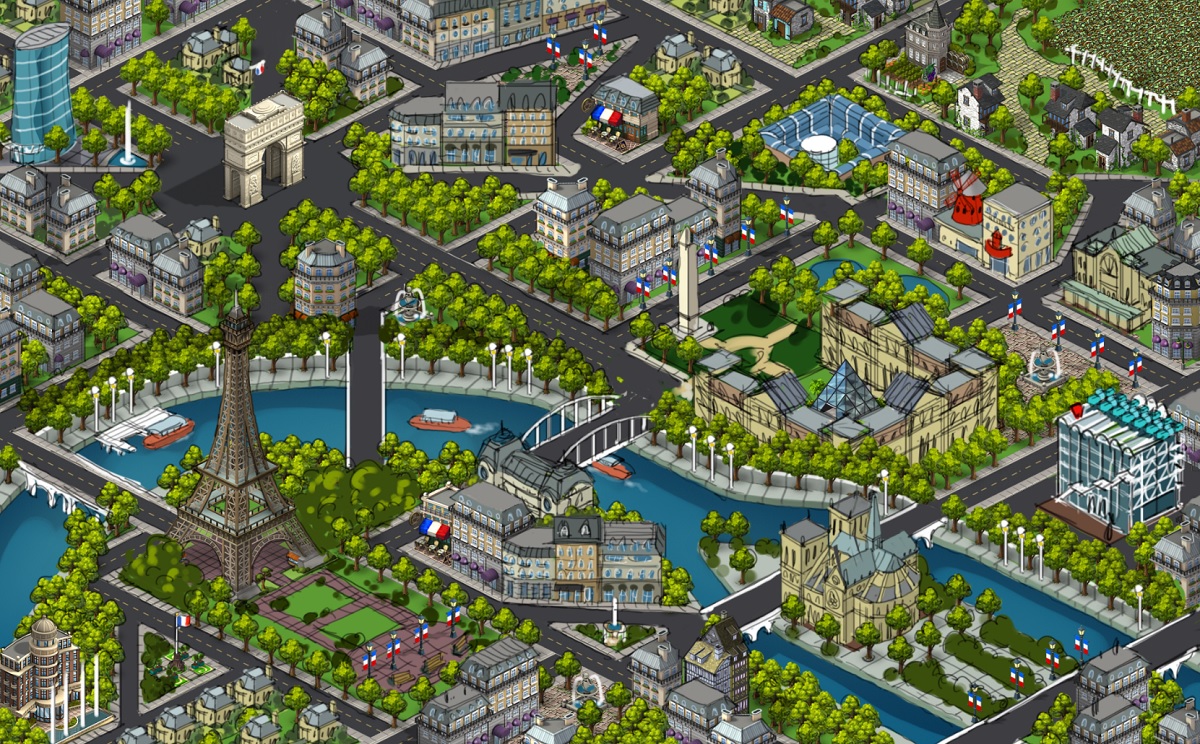Yick Kai Chan was a rare person who combined his real world experience as an architect and his training as a digital artist. That experience came together at Zynga, where he worked creating iconic buildings for the social game CityVille. But Chan passed away suddenly over the weekend, leaving sadness among his friends, family and coworkers.
He is survived by his wife Diana and a 10-year-old daughter Kyra. Zynga and friends set up a GoFundMe scholarship fund for Kyra. The fund has already raised more than $42,000 to pay for the education of Kyra. Zynga made a $15,000 donation to the fund. The campaign is still open for anyone to make donations.

Unlock premium content and VIP community perks with GB M A X!
Join now to enjoy our free and premium membership perks.
![]()

![]()